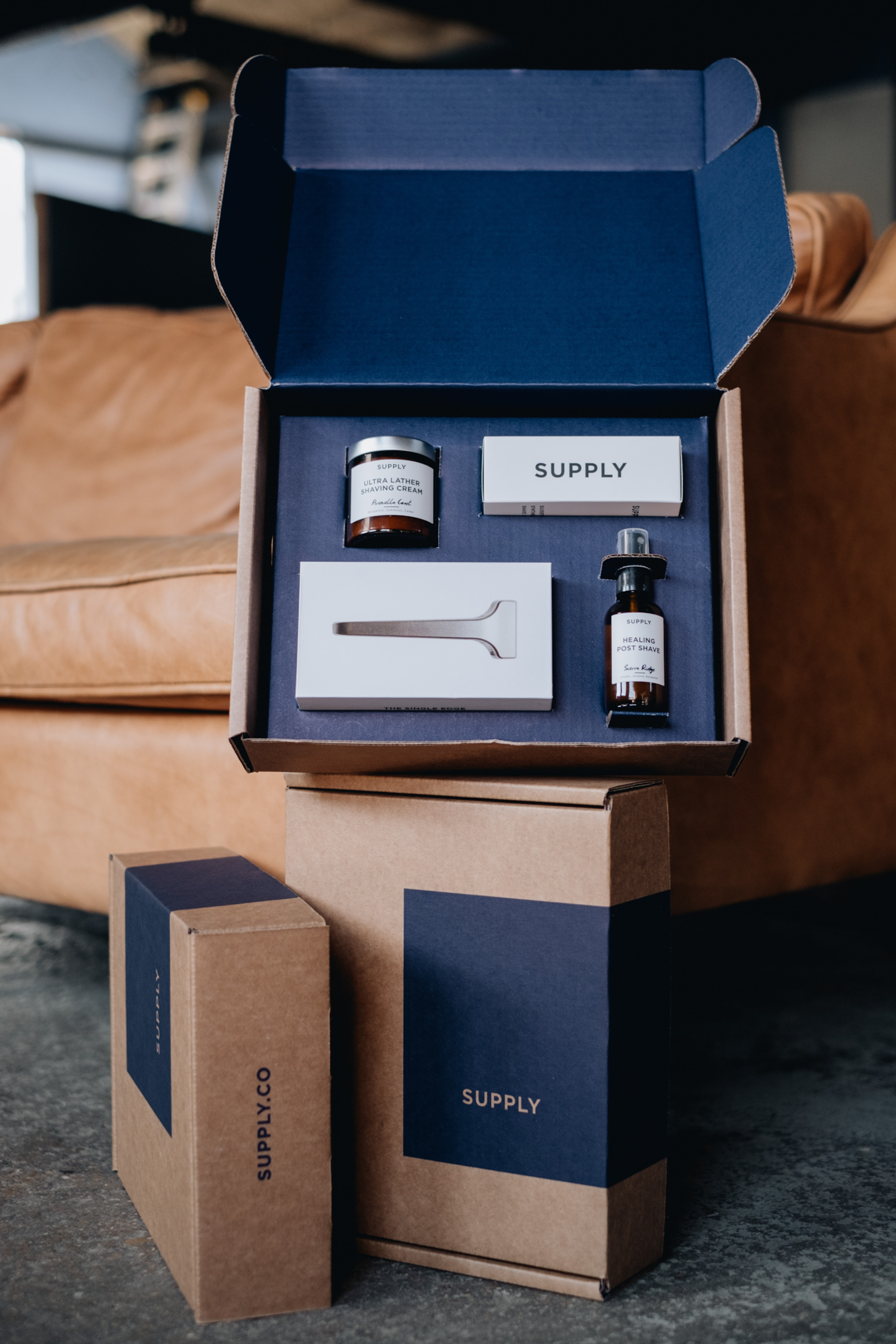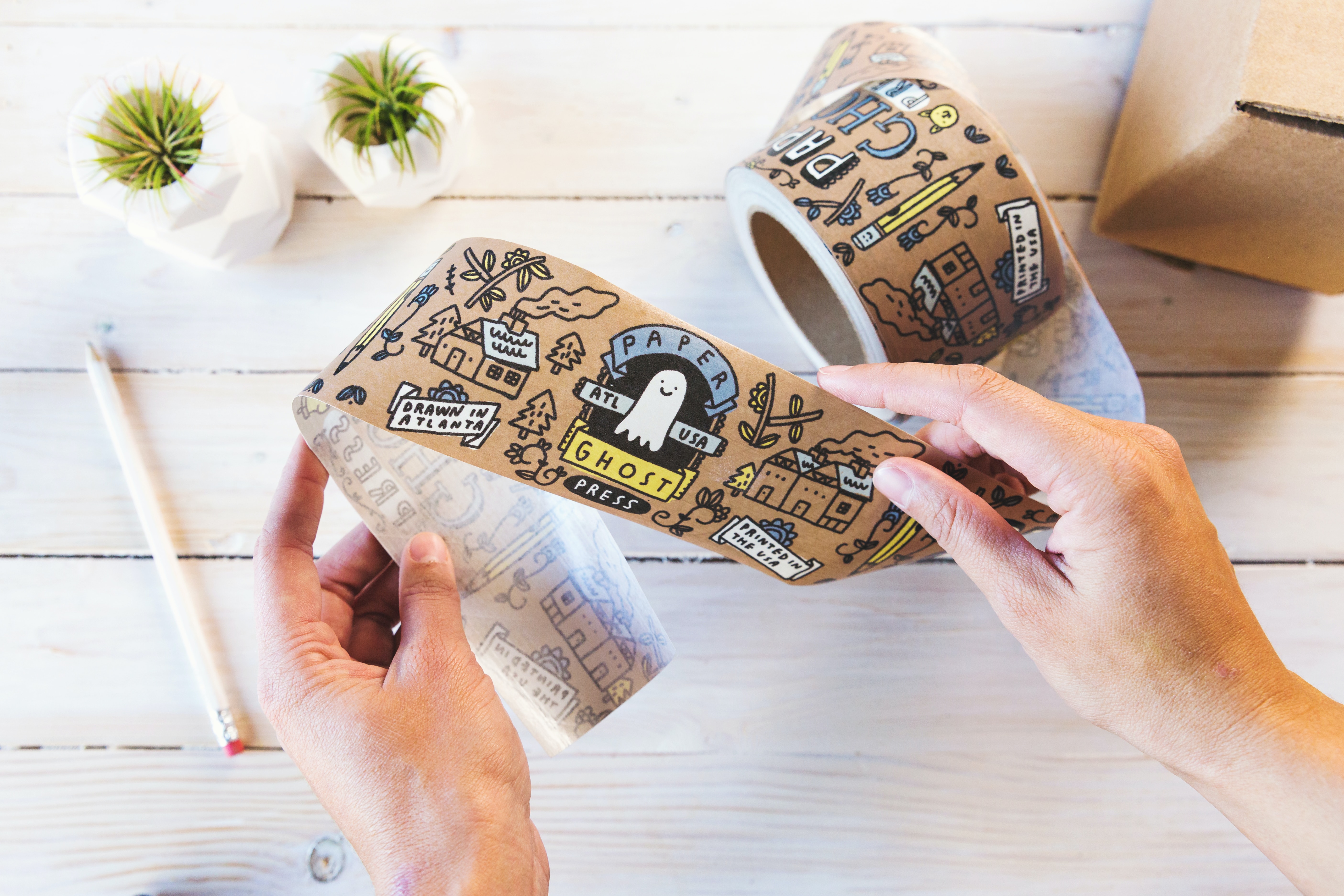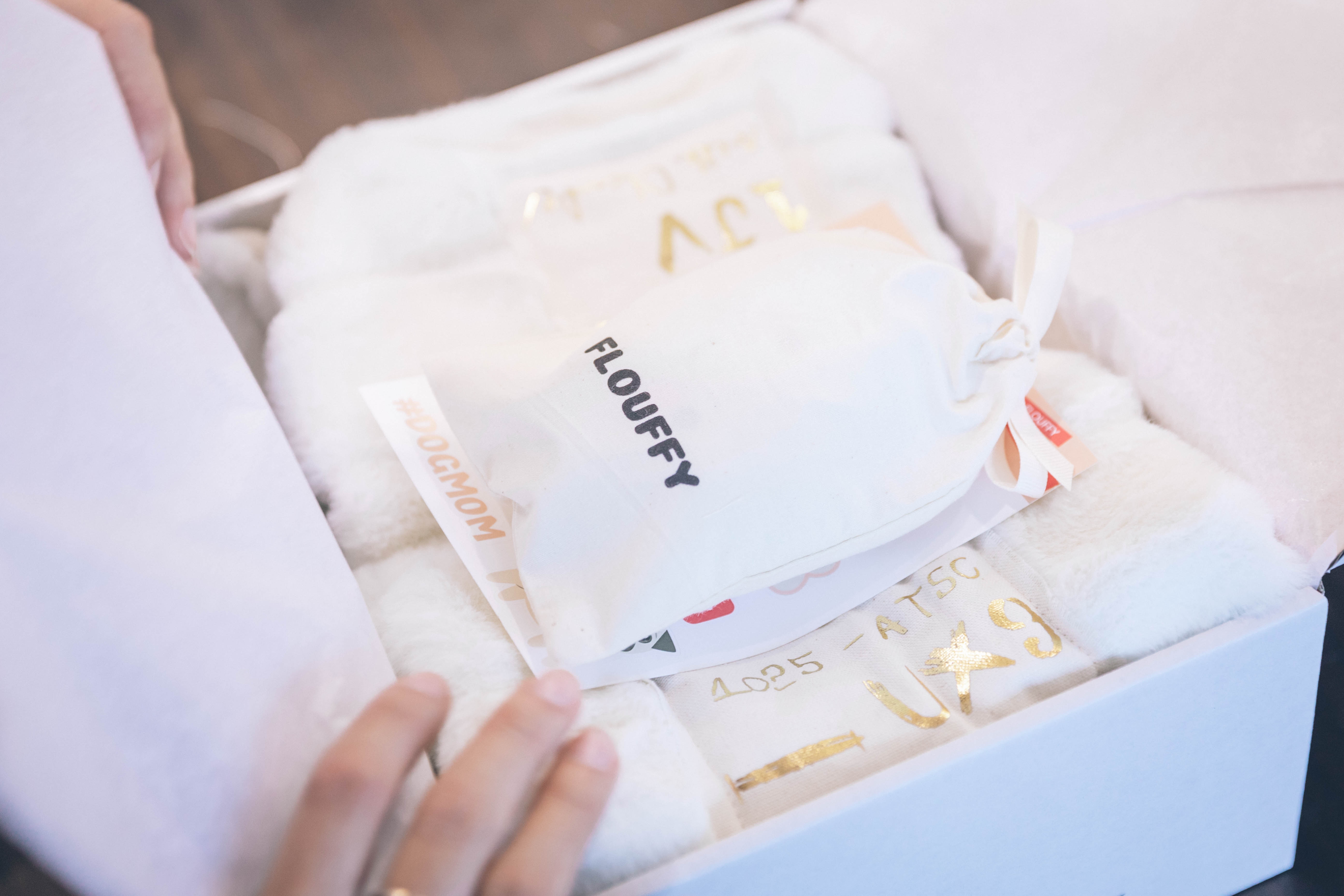In order to answer your request, we are obligated to process the data given above. Sometimes, however, we would like to use them for slightly different purposes, such as statistical data or informing you about our new products and services.We promise that we will use the given information for communication purposes only. We also remind you that you can unsubscribe from our mailing at any time (see Privacy Policy).
Protective packaging solutions and void fills are the secret weapons and a key must-have in the entire packaging industry: they ensure safety throughout the entire shipping process and protect items against any damage, impacts, and movement of items inside the package.
Depending on what you pack and ship, empty spaces can be filled in several ways. Choosing between environmentally friendly solutions, typical packing peanuts, void fill, foam, air or paper materials is undoubtedly an important choice: after all, fewer damaged packages mean more happy customers.
Void Fill Packaging Solutions and Protective Co.: definition
Surely, as a representative of the e-commerce market, you are proud of your store and the products it offers. You want to be sure that after the customer orders them, they will reach parcels safely, and the buyers will have a good time unpacking. And here, like a prince charming on a white horse, the entire packaging industry is approaching, including protective packaging - which for a long time is no longer just a matter of wrapping all with the famous bubble wrap.
In today's text, we will show you the possibilities offered by protective packaging and void fill - we will show you a wide range of traditional materials, but also eco-friendly packaging, issues related to branding, and everything that may turn out to be necessary for the topic of ensuring parcels and fragile items with superior protection.
Protective packaging solutions are nowadays something much more than usual cartoon box shipping packaging - including void fill, cushioning, padding used to protect packed goods against damage during transit. But it's also a great opportunity to create a wow effect and delight your customers with elegant branding.
As already mentioned, this kind of packaging's most important function is to guarantee perfect product protection; visual issues arise slightly behind it. But remember that you have a lot to choose from: there are many different void inboxes' fillers - each of them has different functionality, aesthetics, durability, and price. So your choice must be made consciously, based on the careful search and analysis of the disadvantages and advantages of individual options.
But do you always need to additionally secure your parcels? The answer is no. Of course, additional packaging reduces the chance of damage; however, it is worth investing in them in special situations, such as:
-
sending fragile items,
-
packing heavy parcels,
-
shipping products with delicate corners (e.g. books),
-
shipping products in an oversized package with a space inside,
-
the desire to send a product, the packaging of which enchant the customer with its eye-catching presentation.
Protective Packaging Solutions: Bubble wrap, foam roll, paper, what else?
If you need protective packaging for one of the reasons mentioned in the paragraph above, the next step on the way to the appropriate protection of the package is to decide on the purposes it is to serve. To put it bluntly: sometimes you need more protection, sometimes you want to bet on branding, and in some other cases - choose eco-friendly solutions.
Rethinking these goals will allow you to make the right decision - and bet on one of the materials described from the following categories:
-
Individual Product Protection - extra fragile products (glass, ceramics, etc.) should be individually wrapped in protective materials and additionally packed extra inside. Wrapping items in such a way and providing individual cushioning allows protecting items from collisions, scratches, or collisions with other items in the same box.

-
Void Fill (Blocking & Bracing) - the key to efficient packaging is going for the right box sizes. Unfortunately, choosing even the most suitable approx size of such a box, you will not avoid extra space, which you will always find in a smaller (or larger) quantity in a carton. This is where blocking and bracing come in handy with the use of a various range of materials, thanks to which the packed products will not move in the box during transit. There are multiply void-fill products to choose from, so so you will surely find something for your business.
-
Cushioning - another problematic situation that is often encountered during the packing process is... the necessity to properly pack items with a decidedly non-standard shape. It's almost impossible to choose the perfect shipping box for them (unless you decide to make them on an individual order). So if you want to keep the corners and sides of your wrapped items intact - use cushioning. It also helps fill the thin layers on the bottom and top of shipping boxes, providing a soft protective layer for transport.
-
Dust & Scuff Protection - as the name suggests, there is a wide range of dust-proof materials. They are used mainly in the fashion industry - they look like very thin paper, in which clothes are wrapped. Fully recyclable, used for packing slightly smaller items.
-
The Matter of Presentation - regardless of what material you choose, it may only have a protective function, or also act on behalf of your company as part of your branding. It will allow for a beautiful presentation of your company and attract the attention of customers.
But what exactly can your company use when carefully wrapping items and meticulously filling empty spaces in boxes?
Check the list below:
-
crinkle paper - wrinkled versatile scraps of paper in different shades. They can perform both a protective function and serve a beautiful presentation of the product. There is one drawback to this: it can be a bit bulky (and its clippings can easily fall out of the poodle and create a sloppy appearance); moreover, in fact, after use, it can only be thrown away by recipients (the end-user will probably not have anything to use it for). Some sellers also pay attention to the relatively high costs associated with its use;
-
packing peanuts - in most cases, they are made of foamed polyester (to put it simply: a kind of air-injected plastic). Tossed into boxes as loose-fill used to fill in the excess of free air placed in the transit box. They are lightweight, easy to use, and effectively protect the contents of the packages during transport. Unfortunately, they do not have aesthetic properties and are easily electrified. They also require a lot of storage space in storage space. Worse, unfortunately, they are not environmentally friendly or biodegradable materials. While there are recycled subspecies of them, they are not widely available;
-
air cushions - air pillows or bags, also called inflatables. They are great for filling out empty spaces and for brocking or blocking. They allow you to fill an even large space with the use of a small number of ordered airbags. At the same time, they do not take up a lot of space In stores, you will find one that can be stored uninflated and ... inflated. Unfortunately, their main importance is the lack of representational qualities. Some customers also treat them as a kind of waste - due to the bad industry practice of sending huge poodles, filled to the stomach with airbags that secure small items. What's more, it also hit the foot of the retailers themselves - the larger the box, the greater the shipping costs. What's worse, if you decide to fill the pillows yourself, you have to invest a large amount in a suitable machine - with a high probability that after you buy it, you will stick to one manufacturer of the material.
-
bubble wrapping - If you are a fan of de-stressing by pressing air bubbles made of bubble wrap, I have an additional curiosity for you: I don't know if you know, but the inventors of bubble wrap did not initially design it for packing items. The prototype of the foil was to be... a three-dimensional wall wallpaper. Only from the 60s of the last century, this kind of wrap begins to be used for wrapping delicate items. It has many advantages: it is easy to shape and form, it is light and it follows any shape. Unfortunately, in most cases it is not recycled, which hurts the condition of our planet; it also takes a lot of space when storing.
Can protective packaging solutions be made of sustainable, biodegradable, and eco-friendly materials?
When it comes to eco-friendly protective packaging, the number of sustainable materials from which you can choose the right solution can make you dizzy.
In most cases, however, opting for this type of solution is a relatively low-cost choice; what's more, by choosing eco-materials you meet the expectations of your customers. Research shows that 87% of younger consumers are ready to pay more for sustainable packaging. So not only are you helping the rookie and caring for the future of our planet, but you are also securing loyal buyers and creating an outstanding customer experience.
If you want to go green and opt for eco-solutions, you can completely abandon the use of plastic and choose:
-
packaging paper - fills empty spaces in packages, guaranteeing full protection of corners and edges; may perform a representative function. Easy to roll and crush, it also allows you to wrap single products. Suitable for recycling and composting; its thickness can be selected, and it is a relatively cost-effective material. The most common type of this material is kraft paper, which is a versatile, lightweight, and brown-gray option, usually stored in a form of a roll in a warehouse.
-
tissue paper - that is extremely light, flexible, and almost transparent decorative paper made from 100% recycling, naturally biodegradable material that can be composted. Protect products against dust and delicate scratches - for the package to be resistant to major damage or edge protection, it must be filled with additional material.
-
corrugated bubble - eco-friendly, biodegradable bubble wrap and air pillows alternative. Made without the use of plastic, but from shredded corrugated sheets, which are usually recycled from another packaging material: corrugated sheets after cutting into transit boxes. Completely recyclable, made from the so-called consumer waste, and biodegradable. Disadvantages: may generate light dirt from "dust". Perfect for companies sending fragile items with no minimum size.
-
green wrapping - another alternative to bubble wrap. die-cut paper with a honeycomb pattern spread flat and mechanically stretched. As a rule, it has two layers; perfect for use in protective purposes. It can be personalized to the needs of a selected brand, thanks to which it will also perform a representative function. It works well for really delicate package protection used to secure items packed separately: glass, ceramics, candles, office supplies or books.
-
eco nutz (peanuts) - perfect for delicate goods, including electronics. In the ecological and biodegradable version, they are made of high-quality waste paper, which replaces the traditional plastic foam and polystyrene. They can be used repeatedly and recycled. Eco nuts are static-free, non-toxic, reusable, and compostable. What's more, they generate an almost imperceptible carbon footprint.
Summing Up
As you can see, there is really wide range of many different packaging solutions and cushion products from which you can choose materials tailored to your business needs.
It doesn't matter if you care more about cost effective solutions, or focus on eco materials and going green - I'm sure you'll find right void fill solution or protective one.





.png)